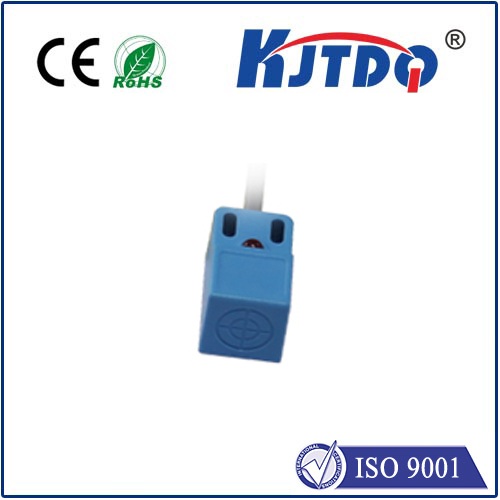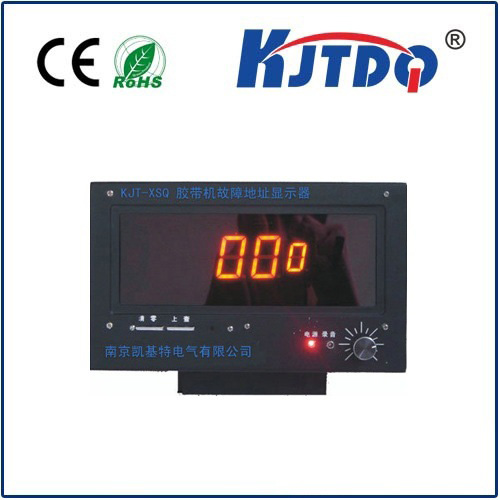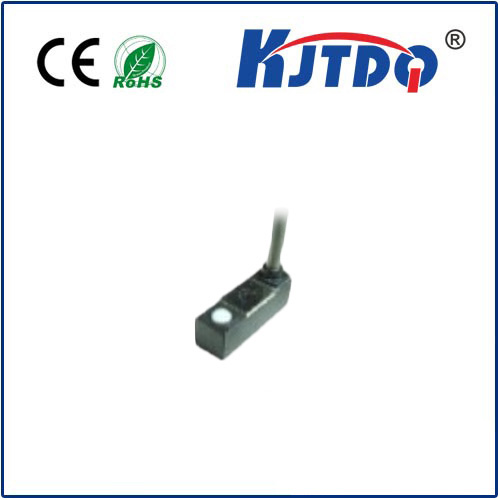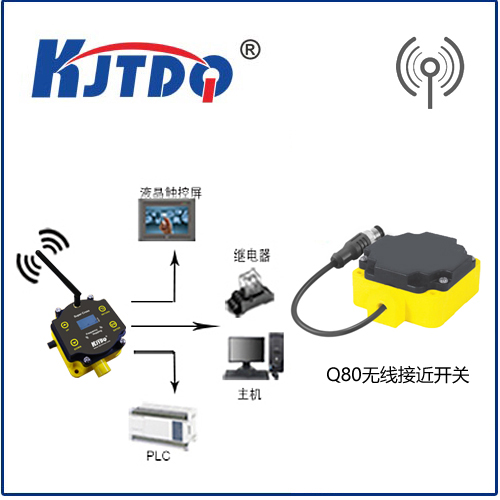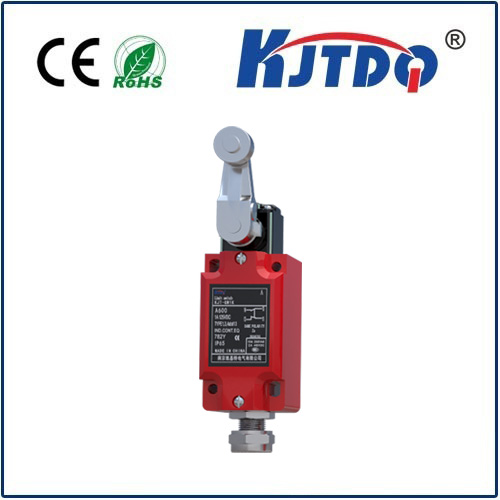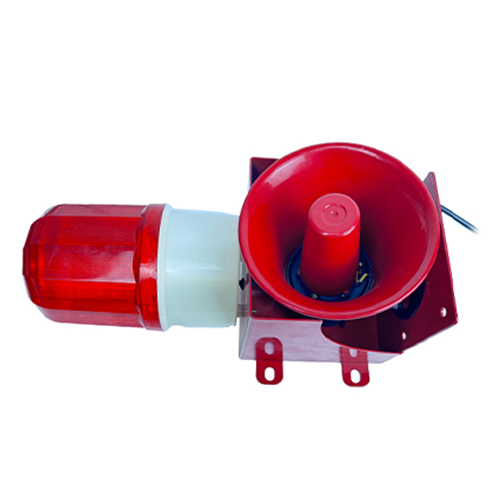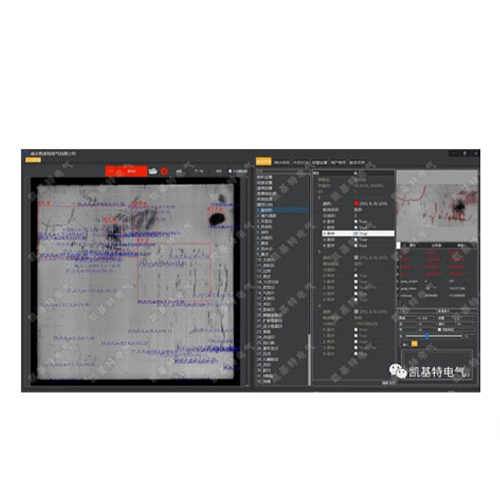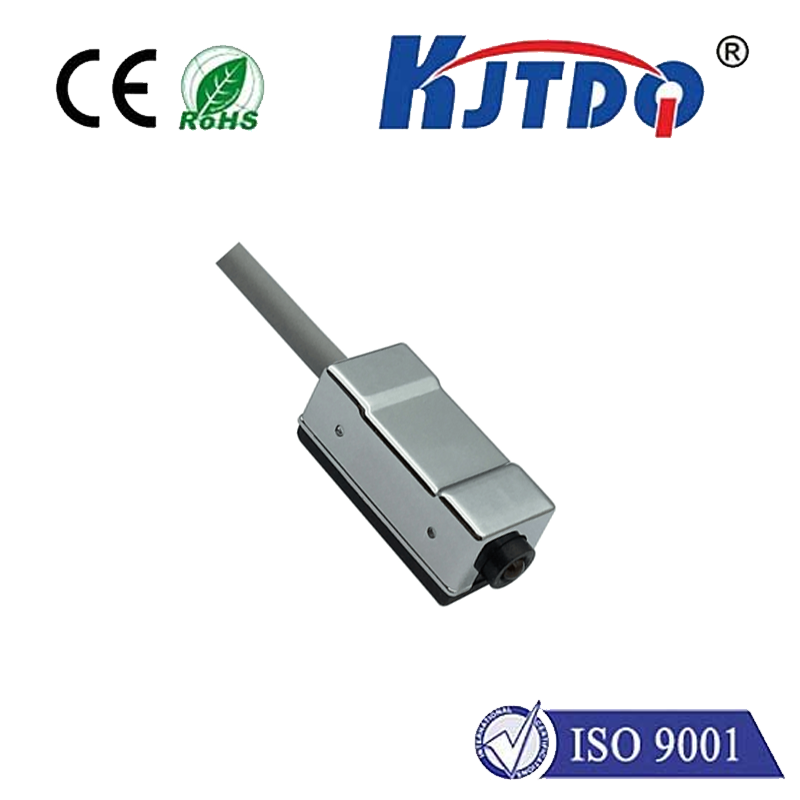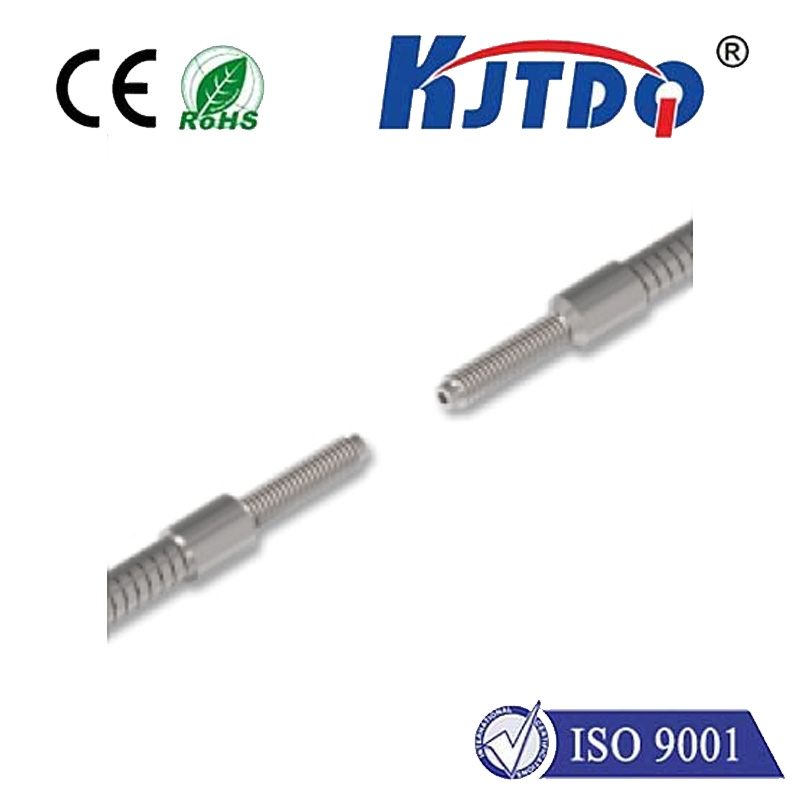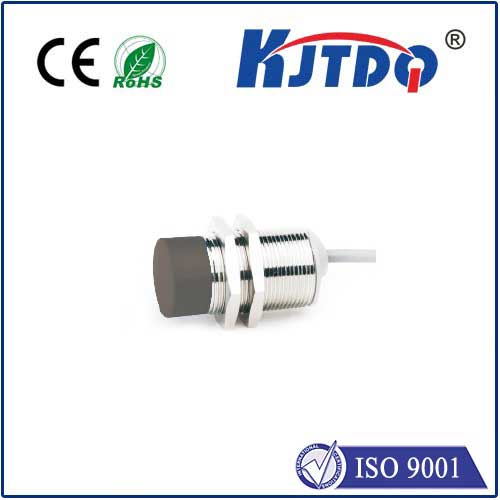s49e hall sensor
- time:2025-07-17 08:06:32
- Click:0
S49E Hall Sensor: The Precision Component Powering Speed Detection Systems
What component quietly monitors your vehicle’s wheel speed hundreds of times per second, enabling critical safety features like Anti-lock Braking Systems (ABS) without any physical contact? The answer often lies in a small, robust device: the S49E Hall Effect sensor. Far more than just another electronic part, the S49E represents a specific and widely utilized solution in the realm of magnetic sensing, offering unparalleled reliability for detecting rotational speed and position. This article delves into the workings, strengths, and vital applications of this ubiquitous sensor.
At its core, the S49E is a linear Hall Effect sensor. The Hall Effect principle, discovered in 1879, describes the generation of a voltage difference (the Hall voltage) across an electrical conductor when it carries a current and is exposed to a perpendicular magnetic field. The S49E leverages this phenomenon. Within its compact package resides a Hall element, signal conditioning circuitry (amplification, temperature compensation), and a voltage regulator. When a magnetic field from a nearby target (like a rotating gear tooth or a ring magnet) interacts with the Hall element, the sensor translates the changing magnetic flux density into a corresponding analog output voltage.
What truly distinguishes the S49E, especially in demanding applications like automotive sensing, are its specific performance characteristics:
- Non-Contact Sensing: Unlike mechanical switches, the S49E operates without physical wear. Its lifespan is dramatically extended because there’s no friction or degradation from making contact.
- Zero-Speed Detection: Crucially, it can detect the presence of a magnetic field even when the target is stationary. This is essential for systems needing to know positional state at rest.
- Robustness & Durability: Designed to handle harsh environments, it typically features an operating temperature range spanning from -40°C to +150°C. Its packaging is also resistant to vibration, moisture, dust, and common automotive fluids.
- Analog Linearity: As a linear device, its output voltage changes proportionally to the strength (and often the polarity, depending on configuration) of the applied magnetic field. This allows for not just detection (on/off) but also measurement of field intensity or proximity.
- Reliable Power Requirements: Operating on a common supply voltage range (typically 4.5V to 6V), it integrates easily into standard automotive and industrial electronic control units (ECUs).
- Fast Response: Capable of tracking rapid changes in magnetic fields, making it perfect for monitoring high-speed rotation, such as engine crankshafts, camshafts, or wheel speed.
These attributes make the S49E a cornerstone technology in numerous critical systems:
- Automotive ABS & Traction Control: Its primary domain. S49E sensors are commonly mounted near tone rings (geared wheels) attached to wheel hubs or drive shafts. As the teeth pass the sensor, they create fluctuating magnetic fields. The sensor converts this into a sinusoidal voltage signal. The frequency of this signal directly corresponds to wheel speed, providing essential real-time data for the ABS/TCS ECU to prevent wheel lockup or spin.
- Transmission Speed Sensing: Monitoring input and output shaft speeds for optimal gear shifting and diagnostics within automatic transmissions.
- Engine Management: Used for detecting crankshaft position (CKP) and camshaft position (CMP), providing the ECU with the precise timing information required for spark ignition and fuel injection sequencing. This enables efficient combustion and reduces emissions.
- Industrial Automation: Found in machinery for speed monitoring of motors, conveyors, and fans, as well as in position sensing for linear actuators or rotational elements.
- Brushless DC (BLDC) Motor Commutation: While often associated with digital Hall sensors for commutation, linear Hall sensors like the S49E series can sometimes play a role in position feedback for commutation control or for monitoring motor behavior.
Integrating and implementing the S49E effectively requires attention to detail:
- Mounting: Secure mounting is crucial to minimize vibration impact and maintain a consistent air gap between the sensor tip and the target magnetic feature (tooth or magnet).
- Target Design: The size, shape, and material of the target (e.g., gear tooth profile, magnet size/strength) significantly impact signal amplitude and quality. Neodymium magnets are often preferred for their strong field.
- Air Gap Optimization: This distance must be carefully calibrated during assembly. Too large a gap results in a weak signal susceptible to noise; too small risks physical damage. Sensor datasheets provide specific gap tolerance recommendations.
- Signal Conditioning: While the S49E provides an amplified output, the raw signal might still require further conditioning (filtering, comparison to thresholds) within the ECU for reliable digital interpretation, especially in noisy electrical environments.
Compared to alternatives like Variable Reluctance (VR) sensors, the S49E offers distinct advantages. VR sensors generate their own AC voltage from changing magnetic fields but provide no output at zero speed and generally have lower amplitude signals at low RPM. The S49E’s self-powered nature (requiring an external supply) and DC output capability at standstill overcome these limitations, making it the preferred choice where low-speed or stationary detection is critical.
In conclusion, the S49E Hall sensor exemplifies the power of integrating fundamental physics into practical, robust engineering solutions. Its ability to provide reliable, non-contact feedback on speed and position, particularly at zero speed and under extreme conditions, has cemented its place as an indispensable component, especially within the automotive safety ecosystem. From ensuring your ABS activates instantly during hard braking to enabling smooth engine starts and efficient transmission shifts, the S49E operates invisibly yet vitally, proving that small sensors can have an enormous impact on performance, efficiency, and most importantly, safety on the road. Understanding its capabilities and implementation nuances is key for engineers designing the next generation of vehicles and automated systems.





